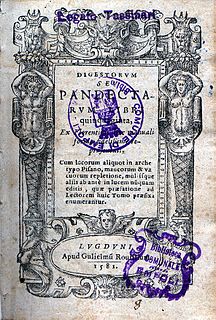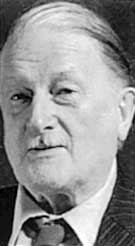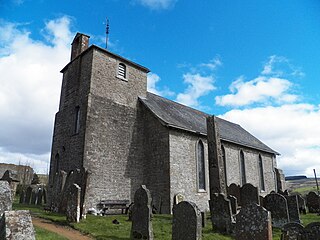Lucius Trebius Germanus was a governor of Roman Britain in 127, and suffect consul with Gaius Calpurnius Flaccus, the proconsul of Cyprus in 123, at an uncertain date. He is known from a military diploma published in 1997 that bears the date 20 August 127. [1]

Roman Britain was the area of the island of Great Britain that was governed by the Roman Empire, from 43 to 410 AD. It comprised almost the whole of England and Wales and, for a short period, southern Scotland.
Gaius Calpurnius Flaccus was a Roman senator of the second century. He was attested suffect consul with Lucius Trebius Germanus as his colleague on 15 December of an undetermined year between 122 and 127. Both Flaccus and Germanus are primarily known from inscriptions.
Anthony Birley provides further information on Trebius Germanus. He is mentioned in the Digest , which cites a legal decision Trebius Germanus made while governor of an unnamed province, not necessarily Roman Britain, condemning a slave boy to death for failing to call for help when his owner was murdered. [2] Birley also notes that Trebius Germanus is a member of a small group of three consuls appointed to the office in a ten-year period who share the same gentilicum -- the others being Gaius Trebius Maximus (suffect consul 121 or 122) and Gaius Trebius Sergianus (consul 132) -- while adding Ronald Syme's observations that "'the obscure Trebii... are the first and last consuls of that name'; elsewhere he called them 'a unique and isolated group'". [3] Birley speculates on the place of origin for these three consulars, finding less prominent Trebii attested in Italy, Spain, Gaul, and Dalmatia, but preferring none of these. [4]
Anthony Richard Birley is a British ancient historian, archaeologist and academic. He was the Professor of Ancient History at the University of Manchester (1974–1990) and at University of Düsseldorf (1990–2002). He is the son of the archaeologist Eric Birley, who bought the house next to Vindolanda where Anthony and his brother Robin began to excavate the site. They have both taken part in many of the excavations there, and Robin now runs them. He was educated at Clifton College, 1950–1955; Magdalen College, Oxford, 1956–1963 : BA, 1st cl. Hons., 1960;

The Digest, also known as the Pandects, is a name given to a compendium or digest of juristic writings on Roman law compiled by order of the Eastern Roman emperor Justinian I in the 6th century CE (530–533). It is divided into 50 books.

Sir Ronald Syme, was a New Zealand-born historian and classicist. Long associated with Oxford University, he is widely regarded as the 20th century's greatest historian of ancient Rome. His great work was The Roman Revolution (1939), a masterly and controversial analysis of Roman political life in the period following the assassination of Julius Caesar.
Birley offers a few more speculations about Trebius Germanus. He suggests that his tenure as governor followed immediately on his predecessor, Aulus Platorius Nepos, and lasted three years from 125 to 127; the military diploma would date from towards the end of his tenure. Birley also suggests that he may be the governor in whose name a broken and now lost inscription found at Bewcastle was made. [5] Prior to the discovery of this military diploma, Birley had speculated it might have contained the name of the other three governors then attested under Hadrian -- Nepos, Julius Severus, and Mummius Sisenna, or another consular, Gaius Nonius Proculus, who held the consulship in some undetermined nundinium between AD 50 and 150. [6]
Aulus Platorius Nepos was a Roman senator who held a number of appointments in the imperial service. He was suffect consul succeeding the consul posterior Publius Dasumius Rusticus as the colleague of the emperor Hadrian for March–April 119.

Bewcastle is a large civil parish in the City of Carlisle district of Cumbria, England.

Hadrian was Roman emperor from 117 to 138. He was born Publius Aelius Hadrianus in Italica, near Santiponce, Spain into a Hispano-Roman family. His father was of senatorial rank and was a first cousin of Emperor Trajan. He married Trajan's grand-niece Vibia Sabina early in his career, before Trajan became emperor and possibly at the behest of Trajan's wife Pompeia Plotina. Plotina and Trajan's close friend and adviser Lucius Licinius Sura were well disposed towards Hadrian. When Trajan died, his widow claimed that he had nominated Hadrian as emperor immediately before his death.
